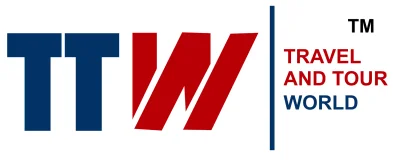Testing of scale models led to the construction of the full-scale X-59, which began ground and flight tests at NASA's Armstrong Flight Research Center in 2024. The X-59 uses a single GE F414 engine and employs a high-definition camera system instead of traditional cockpit windows for forward vision.
To determine public tolerance for quieter supersonic flight, NASA surveyed communities from Michigan to Texas about their perceptions of simulated low-boom sounds. Feedback indicated that volumes around 75 perceived-level decibels would be acceptable—a level nearly 90% quieter than Concorde’s boom.
If successful, data from the X-59 will inform new international regulations on supersonic noise through collaboration with agencies such as the FAA and ICAO. This could enable future commercial SSTs (supersonic transports) to operate on more routes.
Boom Supersonic is one company preparing for this potential regulatory shift. Its Overture airliner aims to carry up to 80 passengers at Mach 1.7 using sustainable aviation fuel. Boom’s plans depend heavily on lessons learned from NASA’s program, especially if overland routes become viable.
Concorde faced significant challenges due to loud sonic booms that prompted bans on overland flights in many countries, limiting its market and relegating it mostly to transatlantic service by British Airways and Air France.
Beyond its main mission regarding sonic booms, NASA’s QueSST program will also advance research into digital flight decks and composite materials able to withstand supersonic conditions. Further studies will examine effects on wildlife and communities under flight paths; results will be published openly so industry players can benefit from them.
Boom Supersonic has begun constructing its manufacturing facility in North Carolina following pre-orders from major airlines like United Airlines and American Airlines. Its Symphony engines are expected to begin live tests in 2026 with designs aimed at further reducing noise levels through adjustable nozzles.
Other aerospace companies—including Exosonic, Spike Aerospace, Airbus, and Boeing—are monitoring NASA's progress closely as they consider launching their own SST projects once regulations allow for broader commercial operation.
As of May 2025, NASA completed ground tests simulating cruise conditions for the X-59's engine systems. Yohan Lin, lead avionics engineer for the project said:
“We thought we might find a few things during the tests that would prompt us to go back and tweak them to work better, especially with some of the software, and that’s what we wound up experiencing. So, these tests were very helpful.”
Boom Supersonic has already flown its XB-1 demonstrator aircraft just above Mach 1 without generating disruptive booms at altitude—a milestone toward developing quieter commercial jets based on data expected from Quesst flights.
The outcome of these efforts may determine whether next-generation SSTs can move beyond niche luxury status toward broader commercial viability worldwide.
 Alerts Sign-up
Alerts Sign-up




































